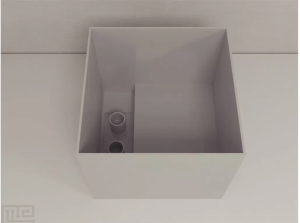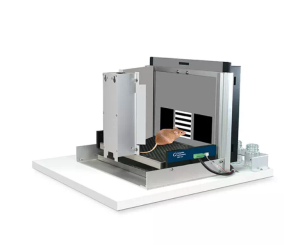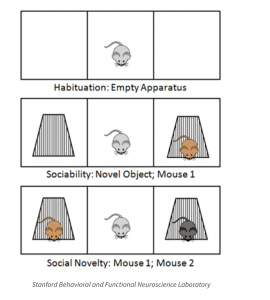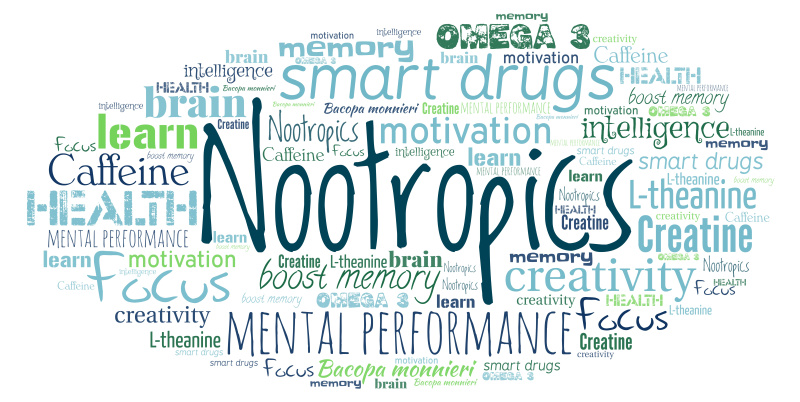What are Nootropics?
Nootropics are chemicals that are meant to help support the functioning of the brain. These can be either synthetic drugs commonly referred to as “smart drugs” or they can be found in certain foods. These chemicals help activate cognitive functioning and support things such as learning and memory. They also have neuroprotective effects, which means that they help to keep the neurons from dying of either damage or apoptosis. Apoptosis refers to programed cell death that happens when a neuron stops working correctly. These drugs can also help to protect neuronal protein and nucleic acid synthesis, both of which are important for a neuron’s survival (Malik & Tlustos, 2017).
These drugs can be used to enhance the cognitive functioning of healthy individuals and possibly could delay the onset of neurodegenerative disorders. Though more research is still needed to confirm their usefulness in delaying the onset of neurodegenerative diseases. But these drugs could also possibly be used to treat memory and learning disorders. Though the gains that can be achieved via the use of these drugs seems to be dependent on the severity of the disorder (More, Lauterborn, Papaleo, & Brambilla, 2020).
How are Nootropics Studied?
Nootropics are an important thing to be studied as they have the possibility to help a lot of people. But they can’t be studied on human participants until their safety and efficacy as been established in animal models. Animal models are animal subjects that share certain characteristics with humans that allow them to act as stand ins for humans. For instance mice and rats have several neuronal similarities with humans that make them a good model for neuroscience research. But when studying nootropics it is important to establish how measure their cognition in comparisons for humans.
There are six neurocognitive domains that are used to examine cognition in humans: 1) perceptual and motor function, 2) language, 3) learning and memory, 4) social cognition, 5) attention, and 6) executive function. There are certain tests used in rodent models to determine their ability in each of these domains. Here I will go over three of these tests (More, Lauterborn, Papaleo, & Brambilla, 2020).
The first test is called the Digging Task and this is used to measure their discrimination skills requires adequate perceptual and motor function. For this task the rodents are conditioned to associate a certain sent with a treat. They are then put in a box with two separate cups of sand, with each cup being a different sent. The subject must decide which cup to dig in to get the treat. It was found that subjects with bilateral frontal cortex damage had more difficulty with this task than the control subjects (Dig Task, 2023).

(Dig Task, 2023)
The next task is called the Continuous Performance Test which is used to measure attention. This test was originally designed for humans and then was modified for rodents for preclinical trials. For this task rodents are put in a box with a screen and are shown five black and white stimuli. Before the trials begin the subjects are conditioned to associate one of the pictures with a reward. They have to watch the pictures as they cycle through until they see the one associated with a reward. They then need to interact with that stimulus in order to get their reward. Subjects who struggle with reacting to the appropriate stimulus have deficits in attention (Rodent continuous…).

(Rodent continuous…)
Finally there is the Three Chamber Social Approach Task, which is used to determine if the rodent has any deficits in social functioning. This task involves putting the subject in a three chamber box where it can move freely between all the chambers. In the two side chambers there are wire cages. First there is a stranger rodent put in one of the wire cages. If the subject in socially functional it will spend most of its time interacting with this first stranger rodent. Then a second stranger rodent is put in the cage on the other side. Again if the subject is socially functional it will want to investigate this new rodent and spend most of its time interacting with the new rodent (Maze Engineers, 2018).

(Neural Circuits and behavior core)
References
Dig task. Maze Engineers. (2023, February 10). Retrieved May 2, 2023, from https://conductscience.com/maze/portfolio/dig-task/
Malik, M., & Tlustos , P. (2017). Home – PMC – NCBI. National Center for Biotechnology Information. Retrieved May 2, 2023, from https://www.ncbi.nlm.nih.gov/pmc/
Maze Engineers. (2018). The Sociability Chamber: A Test of Social Approach. Retrieved May 2, 2023, from https://www.google.com/search?q=the%2Bthree%2Bchamber%2Btask&rlz=1C5CHFA_enUS926US931&sxsrf=APwXEdeWCW9JDhzNhRtr60NdnGcoM1VX7w%3A1682473366665&source=lnms&tbm=vid&sa=X&ved=2ahUKEwiAqvTatcb-AhUtjYkEHTtUCqgQ_AUoAnoECAEQBA&biw=1438&bih=690&dpr=2#fpstate=ive&vld=cid:d298c613,vid:HJjanD_Mk9c.
More, L., Lauterborn, J. C., Papaleo, F., & Brambilla, R. (2020). Enhancing cognition through pharmacological and environmental interventions: Examples from preclinical models of neurodevelopmental disorders. Neuroscience and Biobehavioral Reviews 110. 28-45. https://doi.org/10.1016/j.neubiorev.2019.02.003.
Neural Circuits and behavior core. Social Behavior | Neural Circuits and Behavior Core. (n.d.). Retrieved May 2, 2023, from https://ncbc.medicine.uiowa.edu/equipment-fees/equipment/behavior/social-behavior
Rodent continuous performance task: Image (rCPT) for mice. Neuroscience by Lafayette Instrument Company. (n.d.). Retrieved May 2, 2023, from https://lafayetteneuroscience.com/products/image-cpt-mice/
